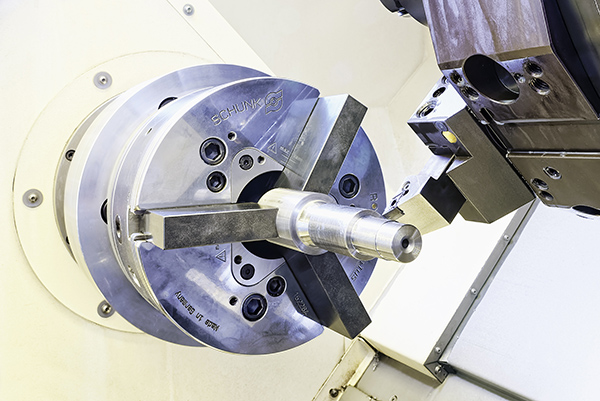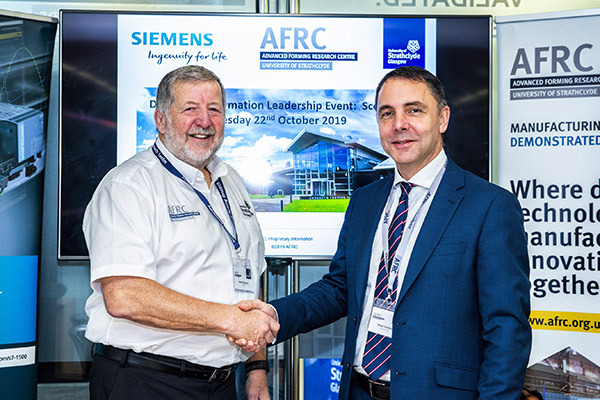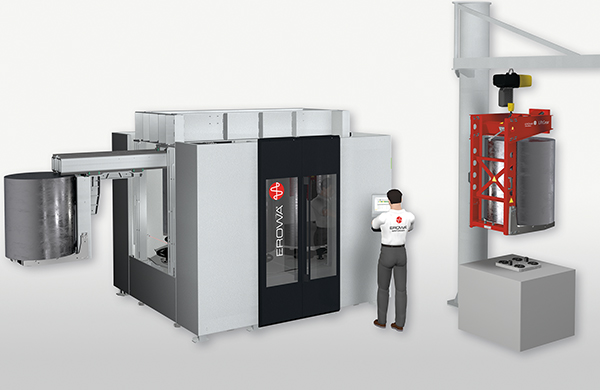Working together successfully is a key feature of successful inclusion projects for people with and without disabilities. Clamping and gripping technology specialist Röhm, headquartered in Sontheim, Germany, wholeheartedly supports this philosophy.

The Lebenshilfe workshop for disabled people at Heidenheim and Giengen (HWW GmbH) and Röhm have been in close contact for some time now, collaborating on the implementation of a corresponding ‘pioneering project’. Its objective is to create 12 long-term jobs outside the workshop for disabled people who work at HWW GmbH. These positions will be fully integrated into the company’s operations.
But what makes this project so special? Well, Röhm is the first employer, at least in the rural district of Heidenheim, to create a significant number of long-term jobs instead of individual or temporary project-related jobs.
In the future, people with and without disabilities will work alongside each other. Within the scope of an internship, the first participants are already working with Röhm personnel in three assembly teams – fully integrated into operational processes, not in a separate area. Their tasks include the assembly and packaging of Röhm drill chucks.
“This project is very close to my heart and I would like to encourage other companies to integrate people with disabilities into their operations and society in general,” says Röhm CEO Gerhard Glanz.
German companies with 20 or more employees have an obligation to fill at least 5 % of their jobs with disabled people. Companies failing to meet this quota must make compensatory payments.
For further information www.roehm.biz























